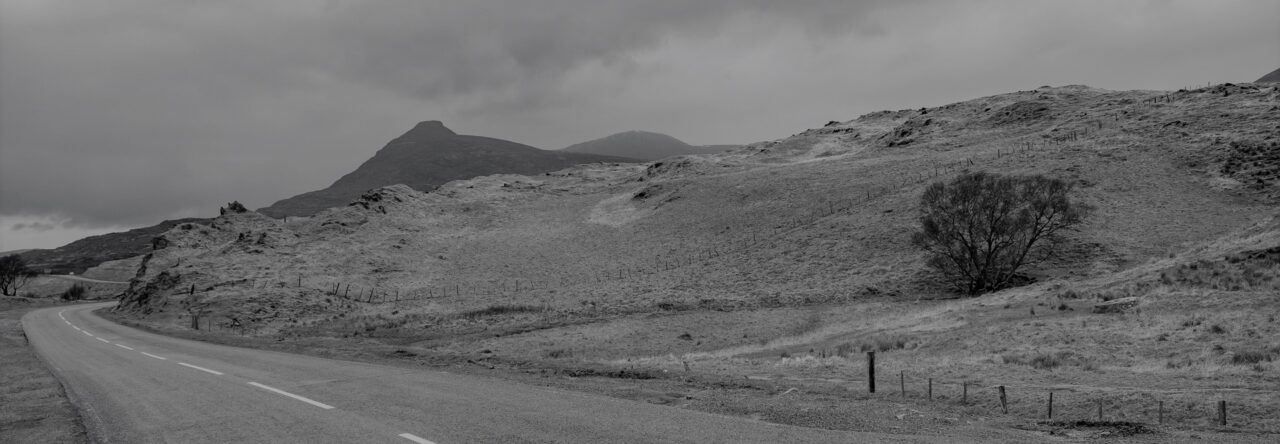Click the link below to access a digital version of the zine the Suicide Cultures Research Fellows made for the Suicide Cultures Conference, which took place 13th-14th June 2023!
Author: Sarah Huque
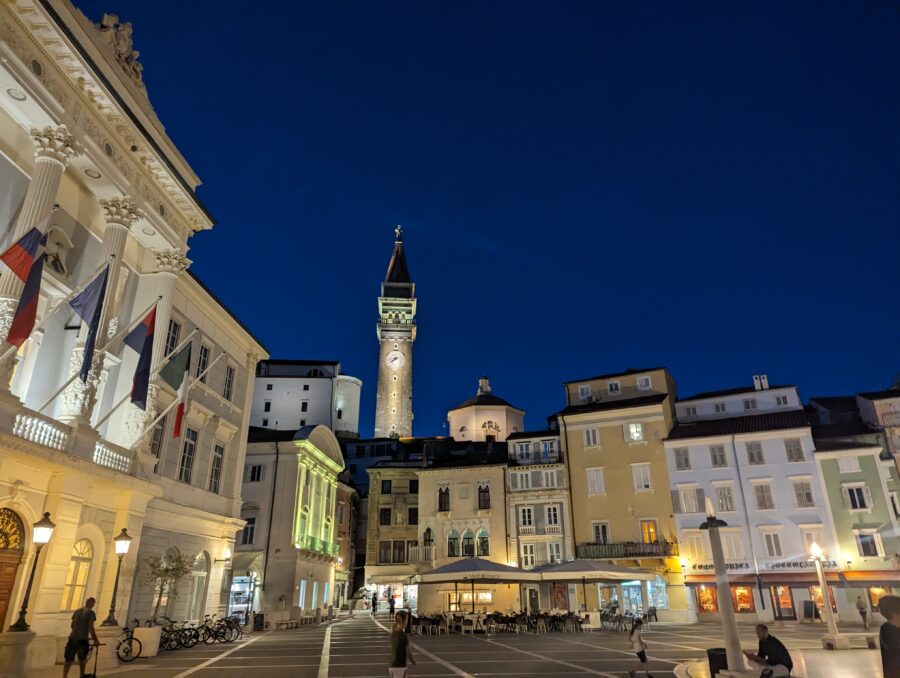
Recently, several members of the Suicide Cultures research team had the chance to present preliminary analyses from the project at the International Association for Suicide Prevention (IASP) conference in Piran, Slovenia. Amy Chandler, Emily Yue, and Sarah Huque all presented Suicide Cultures work. Our colleague Hazel Marzetti presented on behalf of the Suicide In/As Politics (SIAP) project.
Sarah’s presentation was entitled “Still here: Recovery and protective factors in the lived experience of people who have attempted suicide”. Within the contexts of moving away from ‘risk factors’ for suicide prevention towards ‘protective factors’ for suicide ‘recovery’, Sarah called for considering the messy ways in which ‘protective factors’ for suicide may be emotionally challenging and entangled with broader social scripts around suicide. Drawing on the construction of ‘social isolation’ as a ‘risk factor’ for suicide, Amy considered social exclusion as a way of thinking about suicide in ways that go beyond locating loneliness in the individual, bringing a sociological theory lens to a talk (originally developed and submitted by Rebecca Helman) entitled “Suicide and social exclusion: Thinking beyond individual disconnectedness”. Emily presented critical, innovative work from her PhD, in a talk entitled “Constructing suicide in the research process,” around in/authenticity and suicidal subjects.
Hazel presented SIAP work during the Pecha Kucha and poster events – and won the People’s Choice award for her Pecha Kucha, which brilliantly displayed artistic outputs from the SIAP workshops.
The team also had the chance to engage in a lot of learning over the course of the conference, with hundreds of talks and workshops from which to choose. Emily, Hazel, and Sarah attended the Early Career Researcher (ECR) pre-conference workshop, where, among other activities, they listened to a range of lightning talks highlighting the varied work done by ECRs in suicide research globally. Amy attended the ‘Partnerships for Life’ pre-conference workshop, in order to learn more about IASP’s work on developing suicide prevention strategies in diverse national contexts.
Other highlights from the conference included a talk from sociologist Steven Stack that showcased the relationship between social inequality and suicide in the USA, emphasising the role of Republican politics in particular; a workshop on suicidality and suicide prevention with people with intellectual disabilities; and a special lecture from Navneet Kapur on “Contradictory findings and the nature of truth in suicide research”.
In thinking about how we engage different groups in research, and enable increased lived experience research, Marianne Webb’s presentation on guidelines for involving young people in suicide research, and Mirabel Pelton’s presentation and poster about using an online card sort task in researching self-harm in autistic adults also provided food for thought.
Overall, this year’s IASP conference included a notable presence of lived experience research, qualitative work, and increasingly challenging and critical questions. While many of these are questions that Critical Suicide Studies has grappled with for years, it was heartening to see these debates happening within the international suicide prevention research space, as well.
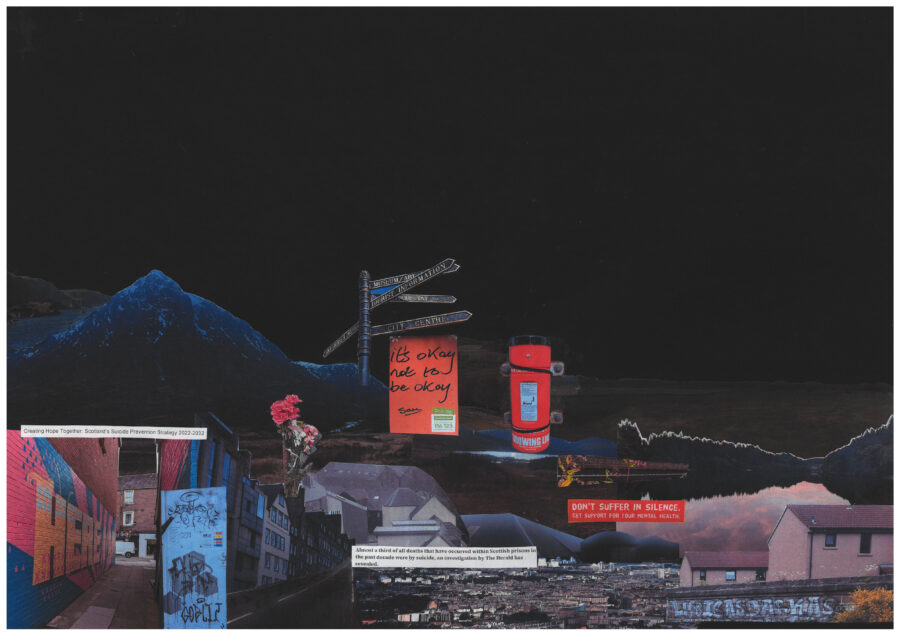
This is the Suicide Cultures research team’s audio-visual poster, originally presented at the Critical Suicide Studies Symposium, 21-22 October 2022.
SuicideCultures_CSS 2022 Poster
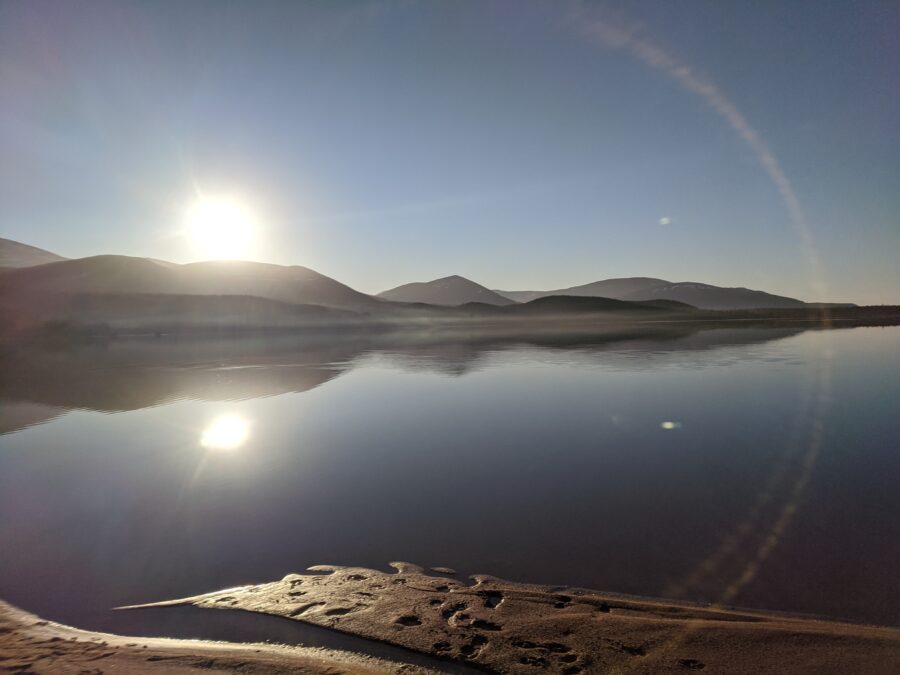
This post is the first in a new series on the Suicide Cultures blog, exploring the ethics of the project. We will periodically post new pieces discussing ethical challenges we encounter, discussions we have, and actions we take to try to find solutions.
The idea of moving discussions of complex ethical issues into actions came up during our most recent Suicide Cultures seminar, led by Fiona Malpass and Jennifer White. That presentation invited participants to discuss the Critical Suicide Studies ethics statement, and at the end, the facilitators asked us to think about what actions we would take as a result of the rich and challenging discussion during the session. [Keep an eye out for the recording/summary coming to the Seminar Series section of this blog soon.] To respect the privacy of participants, we will not discuss the details of the seminar in depth here – though many of the issues raised are similar to those raised within the Suicide Cultures team, which we will discuss throughout this ethics blog series.
The ethics application: Ethics 101
For all researchers working with people, an institutional ethics application is one of the fundamental actions we must take. In this first ethics blog post, we review some of the ethical challenges the Suicide Cultures team faces – discussing both the process of putting together our actual ethics application as well as some of the ‘less tangible’ ethical conundrums with which we struggle. We used the process of writing the ethics application as a starting point in moving our theoretical ethical questioning into the realm of the practical, as we prepare for fieldwork to commence this year. The process of engaging in what can feel like a bureaucratic ‘box-ticking’ exercise can be an action that jump-starts more complexity in thinking about ethics than the form may allow – if we engage with ethics as an on-going process, in good faith. For further reading, and a recent example of deep reflection on, challenging of, and expansion of thinking around the ethical considerations of suicide research, see Jaworski (2022).
There are plenty of scathing indictments of institutional ethics procedures, and for good reason. We will touch on some of these negatives but want to focus on the positives that can arise from engaging with institutional ethics – and the ways in which researchers can help their institutions evolve by putting more, and more in-depth thought, into their ethics applications. Here are some of the ways in which we tried to push the bounds of our ethics application.
One of the challenges can be when bureaucracy seeks to ‘protect’ ‘vulnerable’ participants in ways which provide legal cover but little real support. This tension can present in many ways, for example in researchers jumping through hoops to provide standardised procedures and token protections that do not allow for the development of individualised safety plans for participants. For the Suicide Cultures project, we contended with this challenge by creating a standard format for developing safety plans with participants, with some general resources populated, but also leaving space for one-to-one discussions of support needs with participants. By including this in our ethics application, we hope to build upon the idea of what protection means – and introduce agency and self-determination into the development of safety plans. This issue can also manifest in a tension between agency and protection – for example, we as researchers may be required to inform authorities if we believe a participant is intending to harm themselves in the immediate future. We stated this requirement clearly on our participant information sheets, in order to be up front with the constraints on researchers as professionals, which in turn can constrain participants’ agency. We hope this will enable participants to choose what they share with us carefully.
We are also working with a range of creative methodologies – which come with their own challenges, not least of which is the additional scrutiny applied to non-traditional methods. Part of ensuring we can justify the use and value of these methods involved exploring the lessons learned from those already using these methods; we read about photo voice, mapping, walking interviews (as well as interviewing in general and ethnography/participant observation) in-depth, discussed what we found, and explored legal and copyright rules and health-and-safety concerns. We continued this action by hosting a small internal seminar on all of these methods – to share this learning and discuss the implications of these methods – in a similar manner to the ethics seminar discussed in the introduction. These are small, early-stage actions that can help us to engage in research in as ethical a way as we can – and to continue the conversations beyond the forms.
Continuously engaging with ethics is important, because one of the major challenges we faced in trying to translate some of our ethical concerns into concrete actions for the research project was doing this with all of the uncertainties that accompany research planning. Realistically, we cannot predict every challenging situation that will arise across the lifetime of the project – especially since at the moment in-person versus digital is still a major question as Covid-19 continues to disrupt our ‘usual’ ways of doing research.
Institutional ethics is important in that it compels researchers to think about accountability and protection. It can also jump start more complex thought processes around ethics; we are challenged to think ahead and to think about ALL of the people who may be involved/impacted. For example, in a previous ethics application we submitted, for a review of Fatal Accident Inquiry (FAI) reports of deaths by suicide in prison, we had to consider the impact of our document review on (for example) the families of the person who has died, witnesses in the inquiry, and the sheriff who wrote the report. We also continue to grapple with the use of reports about a person who cannot consent or contribute to the process. [We plan to dedicate a separate post in this series to the ethics of these FAI reviews, and to issues around the use of information about and creation of subjectivity around someone who has died.]
Ethics beyond the application: The struggle to do no harm – and to try to do good
During a recent Suicide Cultures team meeting, we discussed the newsletter that we send to our mailing list with updates about the project. This discussion naturally segued into a conversation about how much to reveal, how identifiable areas we work in might be from different outputs we have/will produce, and the discomfort of writing about other people. We did not come up with any ‘good’ answers, but we agreed that having these discussions was a positive sign – and that engaging with ethics in research is an ongoing process that must be undertaken to the best of our abilities. We are trying to work in good faith – knowing that there is no such thing as perfectly ‘ethical’ research. Following this discussion, we took the action of dedicating a session of our monthly meeting series on emotions to think through the discomfort that comes along with trying to do research in an ethical manner – and how we can use, engage with, and sit with that discomfort.
To conclude this introductory post in our ethics series, we made a list of some of the concerns we continue to grapple with – engaging in discussions and imagining ways to translate these discussions into actions. We will explore some of these topics in future posts in this series – for now, we leave you with only (a limited list of) questions:
- The tension between agency and protection (revisited).
- How do we engage communities?
- How do we incorporate feedback into our work?
- How do we navigate the line between agency/self-determination and qualitative analysis?
- Moving online: ethics of research during Covid-19.
- Ensuring safety;
- Following rules;
- The impact of the digital divide.
- How do we relate to ethics ourselves?
- In what ways are we implicated in systems (e.g. through analysis of FAI reports)?
- To what extent do we have the right to do this research? Why do we do it (anyway)?
- How can we keep engaging in actions to do ethical research in good faith?
References
Jaworski, K. (2022). The ethics of facing the Other in suicide. Health, 26(1), pp. 47-65.
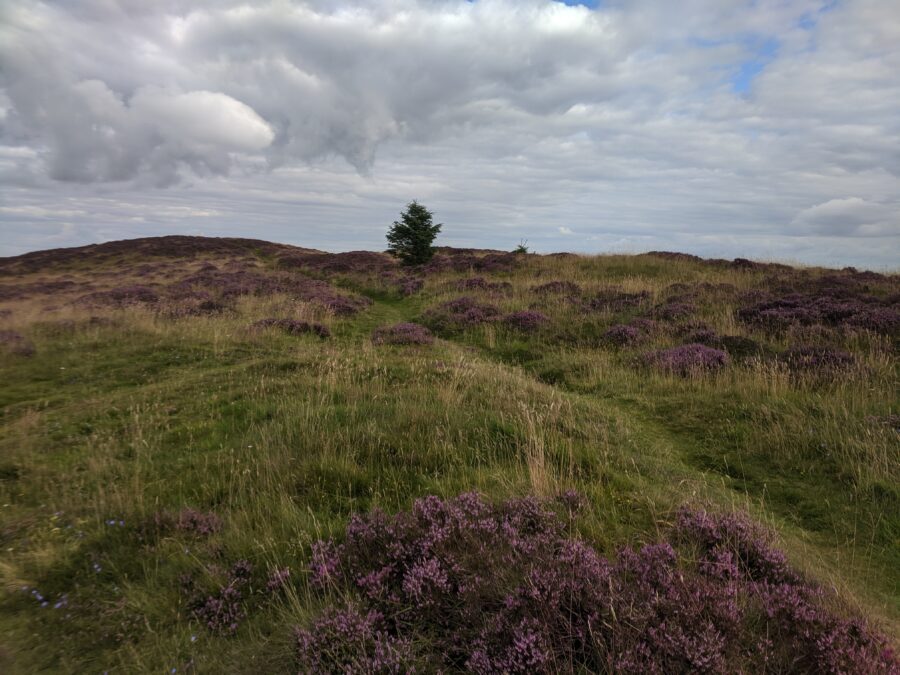
While exploring creative methodologies for approaching and understanding suicide, I came across a documentary film called ‘Evelyn’[1]. The documentary follows the filmmaker, Orlando von Einsiedel, and his family as they spend five weeks walking in various scenic locations across the UK and talking about their brother, the eponymous Evelyn, who died by suicide 13 years prior.
The feature-length film provides a glimpse into one way in which art and landscape are used to work through grief, as well as raising questions about the experience of grieving a loved one who has died by suicide. How stories of suicide are built in art can indicate to what extent loved ones reflect common societal conceptualisations of suicide – arguably one way in which culture can impact on individual life stories. However, there is also room to demonstrate how families may ‘move beyond’ accepted narratives – for example, in public grieving and its impact in dispelling stigmas around suicide.
The director, as a professional filmmaker – the artist – and subject of the film, used his changeable roles in the project as a way at first to avoid talking about his own emotions to his family. This was raised by other participants and slowly worked through during the film, leading von Einsiedel to open up a bit more about his grief. This is interesting, as it indicates that while the assumption is that making art can be cathartic, it may also provide spaces to ‘hide’ from feelings. (Which is not necessarily negative but is an important point to note if the intention of arts-based working is therapeutic.) The filmmaker’s desire to hide, in part due to his position as the eldest brother and perception of his need to be strong for his siblings, also highlights that the loved ones of an individual who has died by suicide will experience their bereavement through the prism of their own positionality.
The film moves between different perspectives, highlighting how different experiences of grief (and engagement with the film-making project) may reflect a particular person’s social position – ultimately impacting the stories they tell. It also focuses on conversations between people who knew Evelyn – engaging in a process of building narratives about a loved one, which may evolve in the telling and in the adding from other perspectives. Importantly, some family members’ memories and experiences contradict one another, leading to moments of conflict in the film. The film attempts to share with the viewer a sense of who Evelyn was as a person. For me though, this also raises caution around interpreting these stories as ‘truths’ about him – Evelyn is no longer able to affect how his loved ones interpret his life, embodiment, and story. To the film’s credit, leaving some conflict in the film underlines the subjectivity of ‘knowing’ a person through our relationship(s) with them.
Absence-presence, landscape, and grieving through place
The film involves a great deal of movement and a sense of attachment to place. The family members retrace walks they had done with Evelyn and revisit the memories both stored and unlocked in place. Landscape – places of memory and importance to the individual – offers an interesting suggestion for a methodology that enables bereaved family members to engage with places that were important to them and their deceased loved one, and that impacted their relationships. Research methods that can embrace this place-centredness and mobility may ‘unlock’ different perspectives, expand understandings of a person through connecting with places special to them, and embed memories in materiality. (See for example the work of Maddrell[2] in exploring absence-presence and place in grieving.)
While they walk, the family members begin to open up to strangers they meet who ask what they are doing – spurred to curiosity by the presence of the filming equipment. Throughout the course of the film, we watch the family members become increasingly comfortable with talking about Evelyn and suicide with those outside of their group. The story of the film shows viewers this process of emerging from an idea of suicide as a stigmatised, shameful topic that is not spoken about, and how the film, as an expression of mourning and healing, moves across the spectrum of the public-private. The film depicts interactions with other people who have lost individuals to suicide, clearly making an argument for the universality of this type of grief and expressing an opinion about the power of talking about it through the positive reactions from others with whom they engage. In this way, the film ultimately finds its thesis point, that silence about suicide is harmful, both within a public and a private context.
The film seems to present this point as somewhat deviant and/or revelatory, which is an interesting perspective given the prevalence of ‘talking about it’ as a major aspect of suicide prevention narratives and strategies. As a piece of art that reflects, creates, and comments on culture, the film’s sense of its own deviance draws together the various themes of the piece and raises questions about suicide culture(s) in the UK, outside of a policymaking/prevention/research setting. The film’s deviant mood may be a reflection of the filmmaker himself, and the evolution of his own ability and desire to talk about Evelyn’s suicide as the film progresses. Through his journey, the viewer understands how difficult it can be to actually practice ‘talking’ about suicide – and the ways in which this may be tied into ideals of stoic masculinity in the director’s need to take care of his siblings. This take on the filmmaker’s identity also reflects the focus on masculinity and emotional expression in research on men’s suicide – though less often on men’s grief. (For an example of work that has focused on men’s grief, see Creighton et al.[3]) At the same time, this journey reflects change over time, and a change to the way the filmmaker but also broader society has approached suicide over the past thirteen years, suggesting momentum and improvement – a cultural shift, perhaps – around talking about suicide.
The sense of deviance at the end of the film also draws on the spaces in which we feel we can talk about suicide. Part of the film’s actual deviant action may be that the travellers spoke about suicide somewhat randomly, with strangers, in open, beautiful spaces – and with less hesitation as the film progresses. This in itself does feel somewhat deviant and reminds me of my (on-going) journey in being open to telling people that I research suicide when they ask what I do. As a culture, we are increasingly in agreement that we should talk about suicide, but there may still be barriers to where, when, and how we feel it is appropriate to have these conversations; should we only talk about suicide in proscribed mental health, death, and suicide-related spaces? The film says no, portraying these conversations as powerful, insightful, and relatable. It suggests a continuation of the emerging changes to talking about suicide the more people are willing to open up and within a greater variety of spaces.
[1] Evelyn (2018). https://www.evelynmovie.com.
[2] Maddrell, A. (2013). Living with the deceased: absence, presence and absence-presence. Cultural Geographies, 20(4), pp. 501-522
[3] Creighton, G., Oliffe, J.L., Butterwick, S. and Saewyc, E. (2013). After the death of a friend: young men’s grief and masculine identities. Social Science & Medicine, 84, pp. 35-43.
